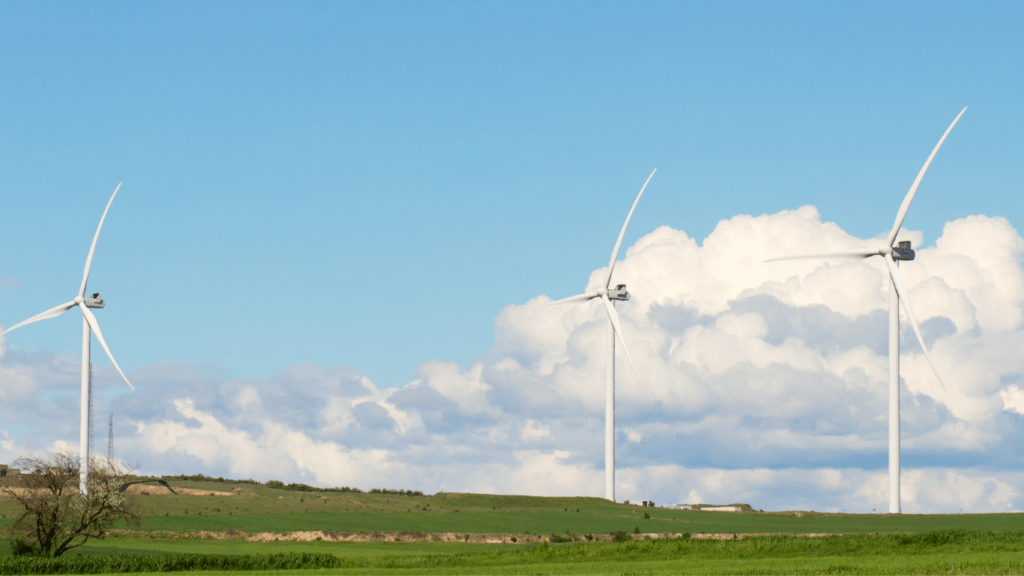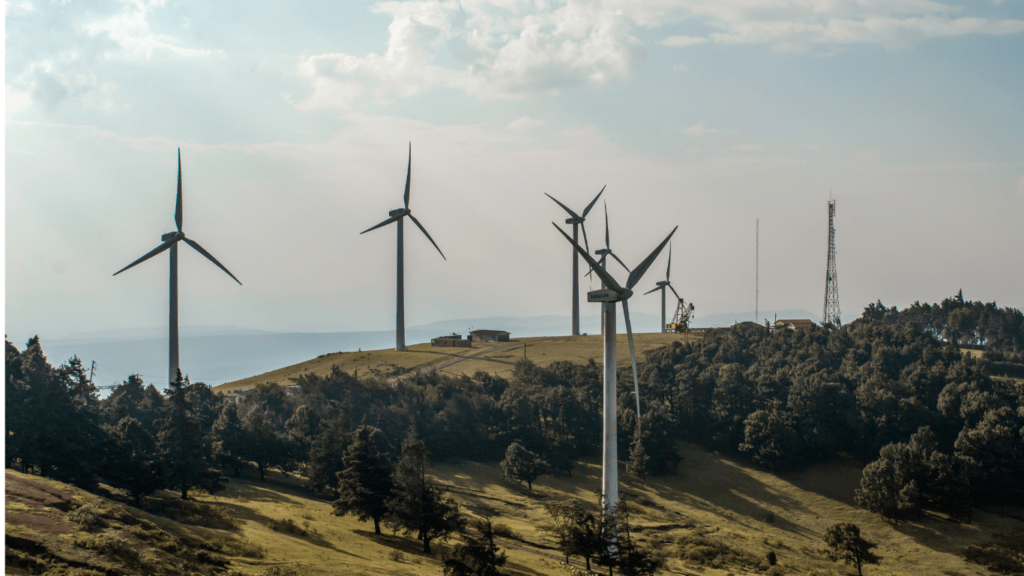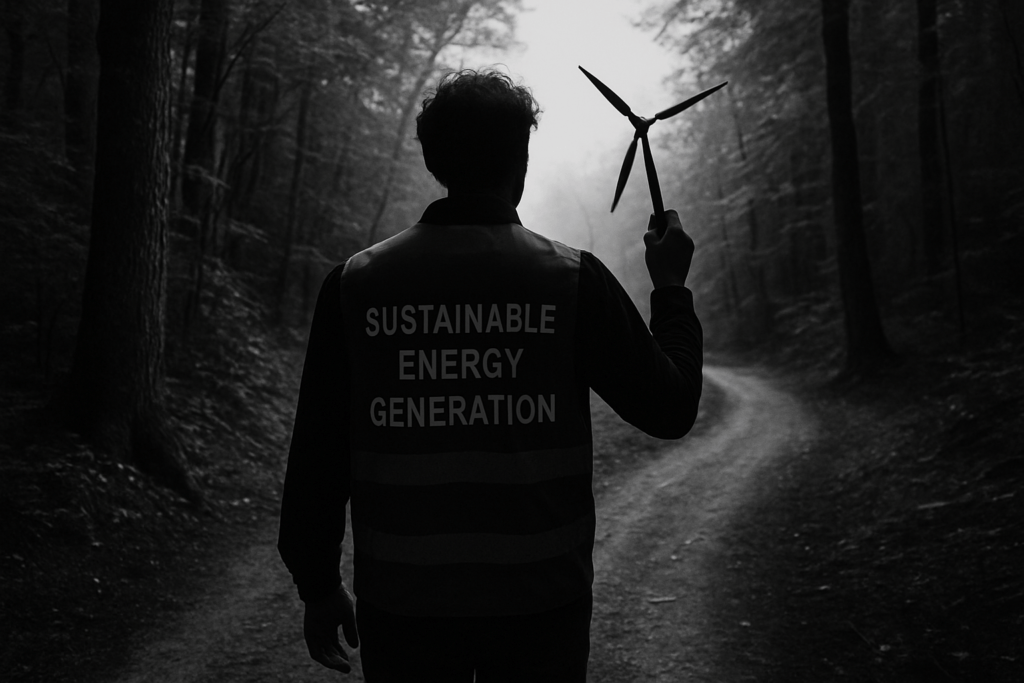Overview of Government Incentives
Government incentives play a crucial role in promoting renewable energy in agriculture. These incentives include tax credits, grants, and low-interest loans, all designed to make renewable energy investments more accessible for farmers.
Federal Tax Credits
Federal tax credits, such as the Investment Tax Credit (ITC), provide significant financial relief. The ITC allows farmers to deduct 26% of the cost of installing solar systems from their federal taxes. This credit applies to both residential and commercial properties and is set to decrease after 2023.
State-Specific Programs
Individual states offer various programs to incentivize renewable energy adoption on farms. For example, California’s Self-Generation Incentive Program (SGIP) provides rebates for energy storage systems coupled with renewable generation. These state programs often complement federal incentives, enhancing financial viability.
Grants and Loans
The USDA offers grants and loans through programs like the Rural Energy for America Program (REAP). REAP provides grants covering up to 25% of total project costs and loan guarantees for renewable energy systems and energy efficiency improvements. This program supports rural small businesses and agricultural producers in reducing energy costs.
Net Metering Policies
Net metering allows farmers to receive credits for excess renewable energy generated on-site. States with strong net metering policies enable farmers to reduce energy bills significantly. Credits earned through overproduction can offset future energy consumption costs, providing continuous savings.
Utility Rebates
Many utility companies also offer rebates for renewable energy projects. These rebates vary by location and company but can cover a portion of installation costs. Farmers should contact local utilities to explore available rebate programs.
Renewable Energy Certificates (RECs)
Farmers can earn Renewable Energy Certificates (RECs) by generating renewable energy. One REC represents one megawatt-hour of electricity generated from renewable sources. Farmers can sell these certificates to utility companies or other entities, creating an additional revenue stream.
Various government incentives exist to support renewable energy adoption in agriculture. By leveraging federal tax credits, state-specific programs, grants, loans, net metering policies, utility rebates, and RECs, farmers can enhance their sustainability efforts and reduce energy costs.
Types of Renewable Energy Used in Agriculture

Various renewable energy types help farms operate sustainably. Below, I’ll detail how different energy sources improve agricultural processes.
Solar Energy
Solar energy powers many agricultural activities. By installing photovoltaic (PV) panels, farmers convert sunlight into electricity, which powers irrigation systems, greenhouses, and other farm equipment.
Additionally, solar water heaters reduce the need for traditional fuel sources to provide hot water for livestock and cleaning purposes. Solar-powered electric fences offer a sustainable option for livestock management, enhancing farm security while lowering energy costs.
Wind Energy
Wind energy generates electricity for farms using wind turbines. These turbines convert kinetic energy from the wind into electrical power, supporting various farm operations such as:
- grain drying
- water pumping
- large-scale ventilation systems
Small and medium-sized wind turbines can be particularly beneficial for rural farms with ample wind resources, reducing reliance on grid electricity and promoting off-grid energy solutions.
Bioenergy
Bioenergy encompasses a range of methods to generate power from organic materials. Farmers utilize biomass such as crop residues, manure, and dedicated energy crops to produce bioelectricity and biogas. Anaerobic digesters process organic waste into biogas, which can be used for heating, electricity generation, and as a natural fertilizer. This approach reduces waste and supports a circular economy within agricultural operations.
Hydropower
Hydropower leverages water flow to generate electricity. On farms with access to streams or rivers, small-scale hydroelectric systems provide a reliable and renewable energy source to power irrigation pumps, lighting systems, and other electrical needs. Micro-hydro installations are particularly suitable for farms in hilly or mountainous regions, offering a consistent energy supply with minimal environmental impact.
Each renewable energy type offers distinct benefits tailored to various agricultural needs, making them important for eco-friendly and resilient farming practices.
Federal Incentives
Federal incentives play a crucial role in promoting renewable energy adoption in agriculture, providing significant financial support to farmers.
Tax Credits
Federal tax credits reduce the financial burden on farmers investing in renewable energy systems. The Investment Tax Credit (ITC), provided by the federal government, offers a 26% credit for solar energy systems on residential and commercial properties, which includes farms.
This credit percentage will reduce after 2023, but it’s a substantial initial incentive for farmers to consider solar installations. Furthermore, the Production Tax Credit (PTC) benefits those who produce renewable electricity from specific sources like wind, qualifying the energy produced and sold for a 1.5 cents per kilowatt-hour credit. Farmers can reduce upfront costs through these credits, speeding up the return on investment.
Grants
Federal grants provide direct funding to support renewable energy projects in agriculture. The Rural Energy for America Program (REAP), managed by the USDA, offers grants covering up to 25% of total project costs for renewable energy systems and energy efficiency improvements. Grant amounts can range from $2,500 to $500,000.
This program encourages farmers and small rural businesses to adopt green energy solutions by significantly lowering initial investment barriers. The Environmental Quality Incentives Program (EQIP) also offers financial and technical assistance to implement renewable energy projects, especially those improving energy efficiency.
Loan Programs
Federal loan programs offer farmers low-interest loans to finance renewable energy projects. The USDA’s Rural Energy for America Program (REAP) also provides loan guarantees covering up to 75% of project costs. These loans can range from $5,000 to $25 million, making large-scale renewable energy projects more accessible to farmers.
Additionally, the Rural Energy Savings Program (RESP) enables rural families and businesses to implement cost-effective energy efficiency measures through loans that spread the cost over time. With favorable loan conditions, farmers acquire the necessary capital to invest in renewable energy systems, enhancing their sustainability.
State and Local Incentives
State and local governments offer various incentives to promote renewable energy in agriculture. These incentives complement federal programs and cater to the unique needs of regional farming communities.
Rebates
State and local rebates reduce the upfront costs of renewable energy systems. Specific programs offer cash rebates for installing solar panels, wind turbines, and bioenergy systems.
For example, California’s Self-Generation Incentive Program (SGIP) provides rebates for installing qualifying renewable energy projects, significantly lowering initial investment costs. Farmers can also apply for equipment rebates in states with dedicated agricultural renewable energy initiatives.
Production Incentives
Production incentives reward farmers based on the amount of renewable energy they generate. States like Washington offer production incentives through the Renewable Energy System Cost Recovery program, where payments are calculated per kWh produced by eligible systems.
These incentives encourage ongoing investment in renewable energy by providing additional income streams, making sustainable practices more attractive and financially viable.
Benefits of Renewable Energy in Agriculture
Renewable energy in agriculture offers numerous advantages. These benefits extend beyond cost savings, impacting the economy and environment.
Economic Advantages
Farmers save on energy costs over time by investing in renewable energy sources like solar and wind. Initial costs might be high, but incentives like tax credits and grants ease this burden. For instance, farmers who install solar panels may see energy bills reduced by up to 50%. Excess energy generated can be sold back to the grid, creating an additional income stream.
Renewable energy systems also provide job opportunities in rural areas. Installing and maintaining these systems requires skilled labor, boosting local employment. For example, bioenergy projects often need local labor for operations and maintenance.
Environmental Impact
Renewable energy mitigates the harmful effects of traditional energy sources. By reducing reliance on fossil fuels, farms decrease their carbon footprint. For example, wind turbines on farms significantly lower greenhouse gas emissions, contributing to cleaner air.
Utilizing renewable energy also helps conserve natural resources. Solar and wind energy are abundant and replenishable. Unlike fossil fuels, these sources do not deplete over time, ensuring sustainable energy production for future generations.
Challenges and Considerations
Investing in renewable energy for agriculture comes with its share of challenges. It’s crucial to recognize these obstacles to plan effectively.
Initial Costs
Initial expenses for renewable energy systems can be substantial. Solar panels, wind turbines, and bioenergy setups often require significant upfront investment. For example, installing a typical residential solar system might cost $15,000-$25,000.
While government incentives can offset some costs, farmers might still need a sizable initial capital outlay. Moreover, maintenance costs, although generally lower than fossil fuel systems, add to the overall expenses.
Regulatory Hurdles
- Navigating regulatory requirements can be complex.
- Zoning laws, environmental regulations, and permit processes vary by state and locality.
- Some states mandate detailed environmental impact assessments before installing large wind turbines.
- Farmers might face delays due to lengthy permitting processes.
- Understanding and complying with these regulations can be time-consuming and may require expert consultation.



